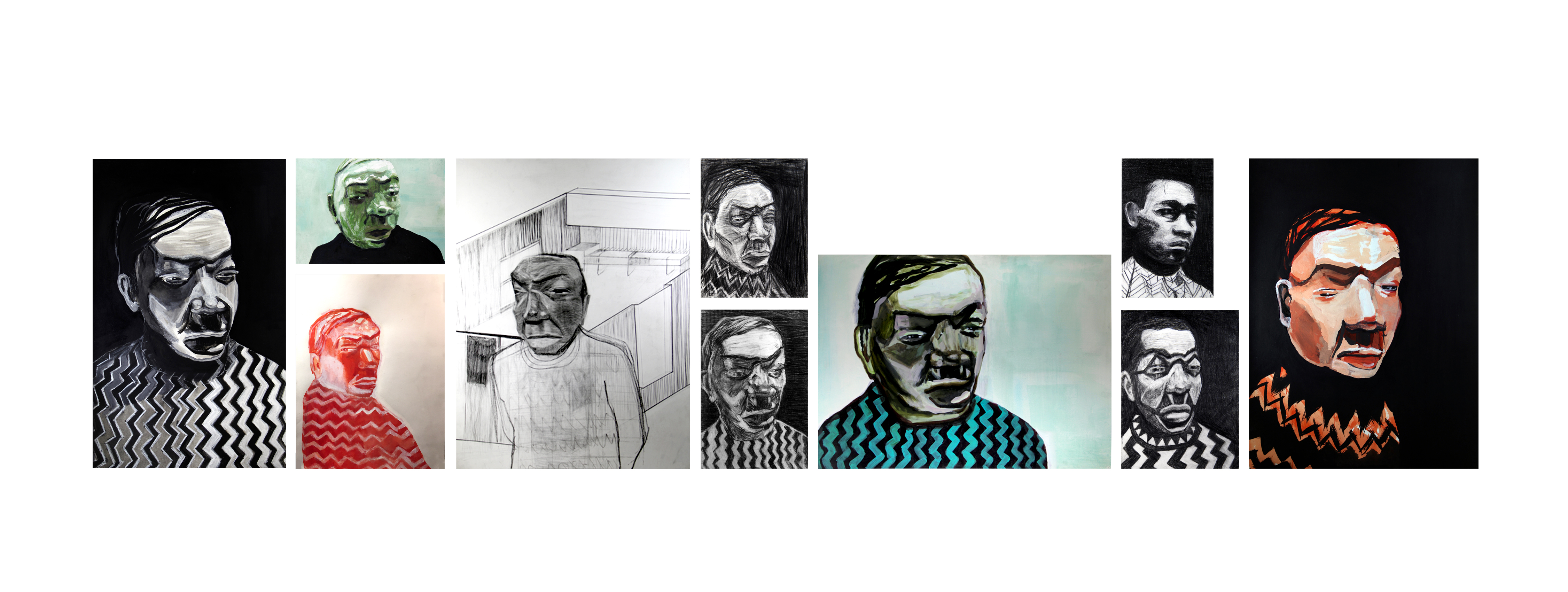A Life to Those Shadows Trifold Brochure -pdf
A Life to Those Shadows is a series of real and invented portraits that critically reconstruct, and attempt to create images for temporal, transgenerational experiences of the body, which formerly had no visual component. The portraits embody the expansion of, and disappearance of ethnic identities through colonialism, and globalization. As a first generation American of Dutch-Indonesian (Indische) heritage, I find it unsettling that outside the Netherlands the Indische ethnicity is today quickly disappearing in a global postcolonial diaspora that began in 1949. The Indische identified themselves as Dutch; many fought in the Netherlands Royal Army against Japanese forces during WWII, and were placed in labor and concentration camps. During the Indonesian War for Independence (1945-49) a portion of the Indische population was violently targeted by Indonesian nationalists and placed in protection camps. After Indonesia was granted independence in 1949, the Indische were forced to ‘repatriate’ to Holland, a country most of them had never seen. The distinctive Indische ethnicity came about when the first Dutch traders arrived on the banks of Java in 1603. Traders from across Europe came to the Dutch East Indies and took Javanese women as sexual companions and sometimes as their legitimate wives, in Javanese a nyai is a woman. Slowly, the Indische rose to a respectable position in the rigid caste system in the Dutch East Indies (now Indonesia), while native Javanese remained at the bottom. By the 1930s the word nyai had become a euphemism for a live-in concubine. If a native live-in nyai became pregnant, an Indische man had the right to disown his children, who would not become Indische but remain “native”. The portraits are an imaginary genetic timeline of speculative Javanese ancestry through the process of visual invention; each face becomes a mask and an enigmatic labyrinth of shifting facial features. My obsessive remaking of the same or similar faces explores the pictorial paradoxes of how memory and the imaginary develop their own authentic forms of speculative realism. The faces reflect malleable, changeable, yet unknowable times, spaces, and narratives.
